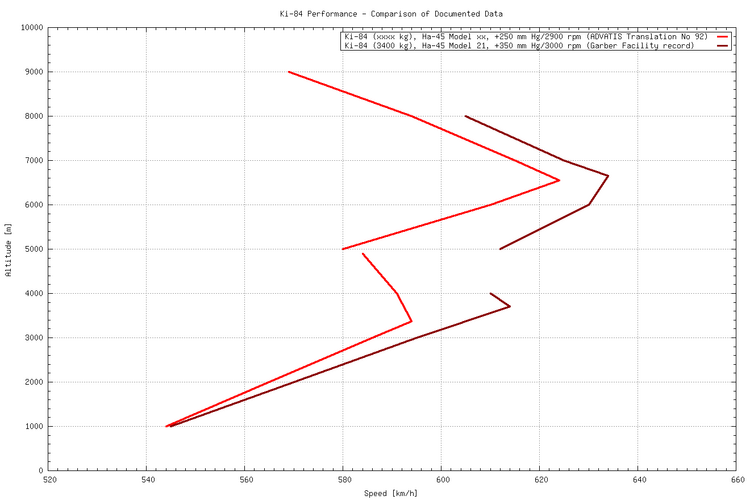Hi Tomo,
Well, at MIL, the injection rate seems to be independent of altitude, and I assume the same is true for WEP (as the data points we have for WEP are identical). However, as the reported flow rate seems to be consistent with the flow rate your statement suggests, I am not quite sure why you brought it up.
My implicit assumption was that the engine would set the required flow rate if told so by the pilot, providing the required anti-detonant automatically I haven't checked this against the test flight report, so that assumption might not be accurate.
I haven't checked this against the test flight report, so that assumption might not be accurate.
Regards,
Henning (HoHun)
'Lower' means 'lower flow rate' there, for how much is needed at 20000 ft vs. how much is needed at 16000 ft, for max boost at 3000 rpm.
Well, at MIL, the injection rate seems to be independent of altitude, and I assume the same is true for WEP (as the data points we have for WEP are identical). However, as the reported flow rate seems to be consistent with the flow rate your statement suggests, I am not quite sure why you brought it up.
WEP does not provide anti-detonant, it requires it.
My implicit assumption was that the engine would set the required flow rate if told so by the pilot, providing the required anti-detonant automatically
Regards,
Henning (HoHun)

